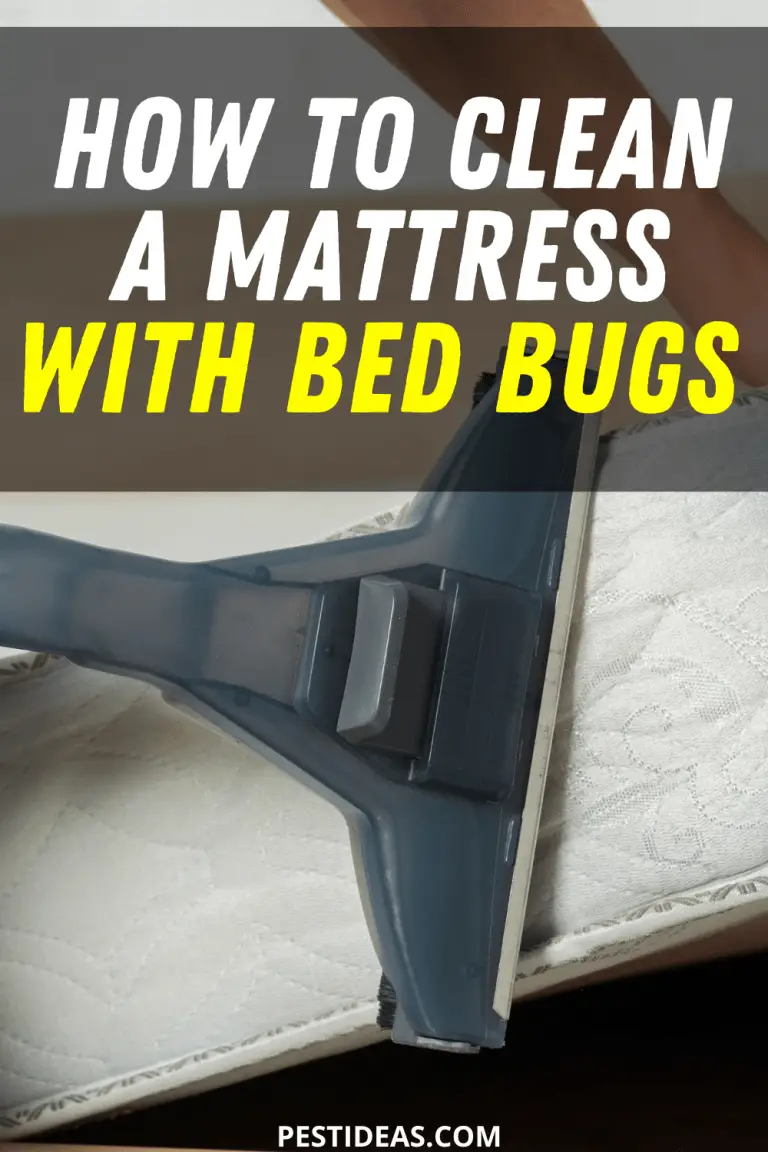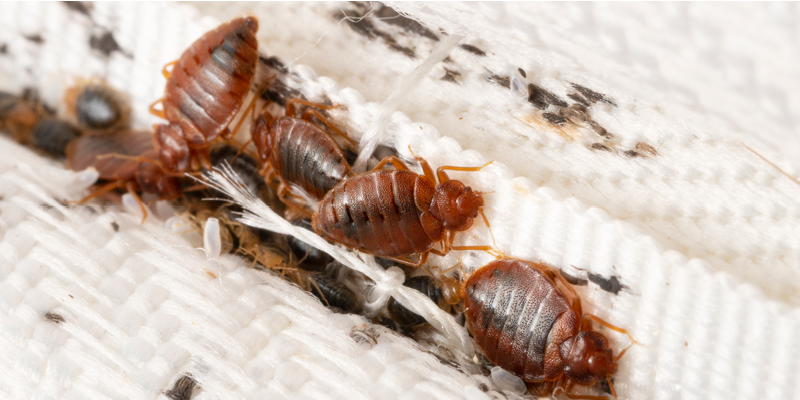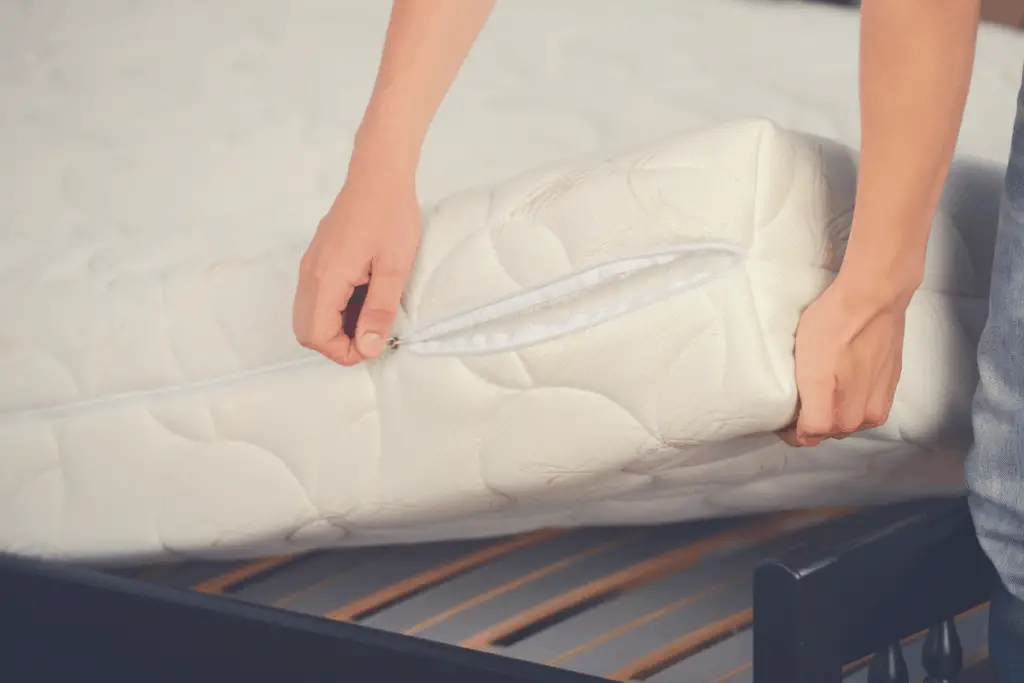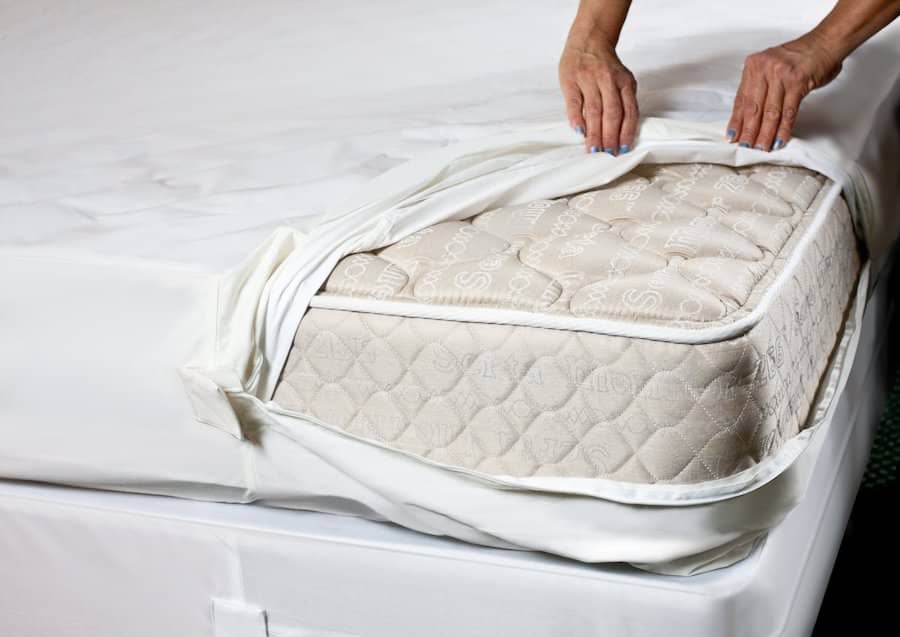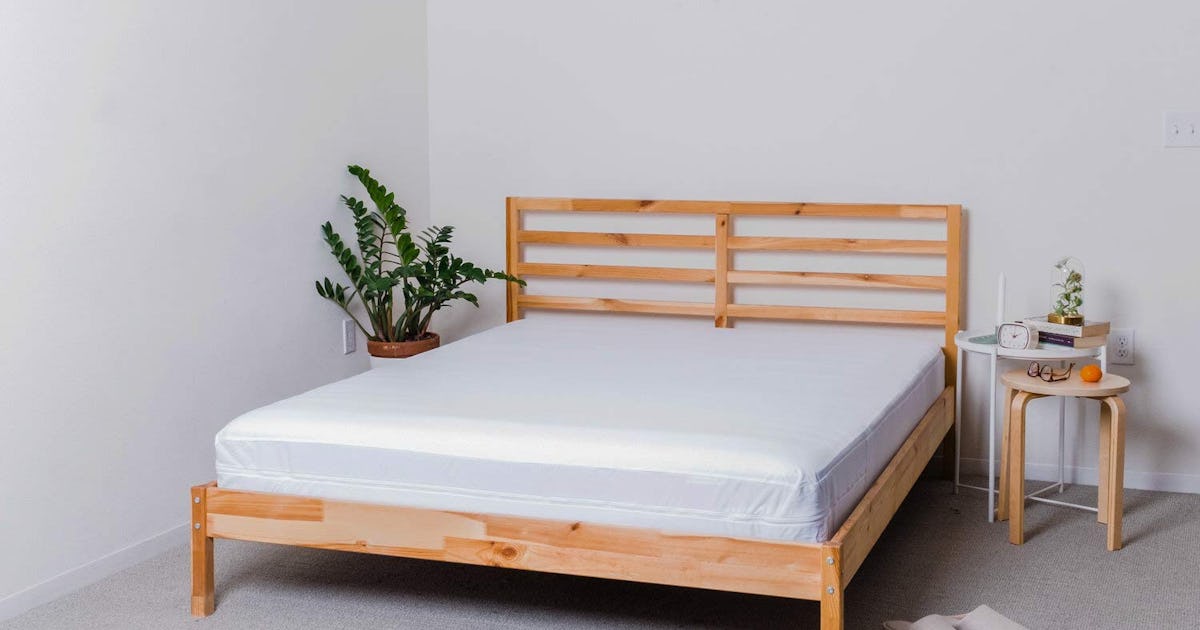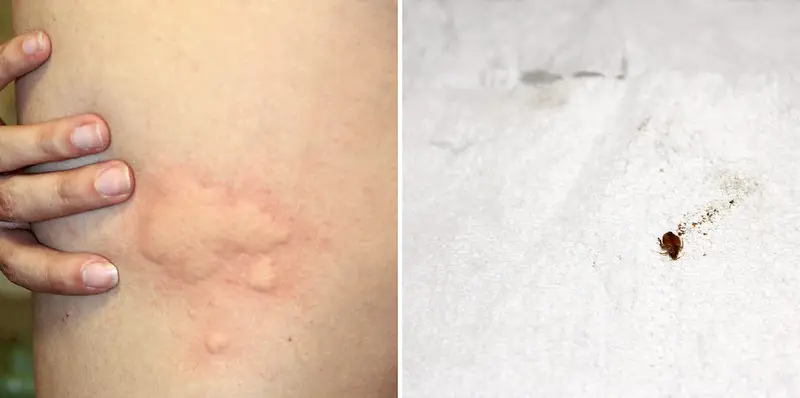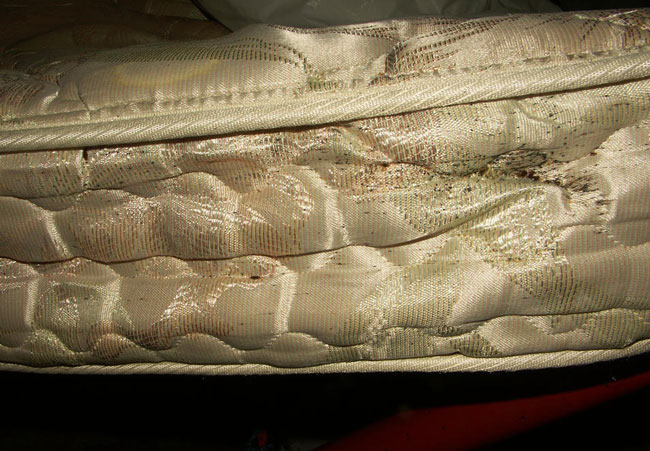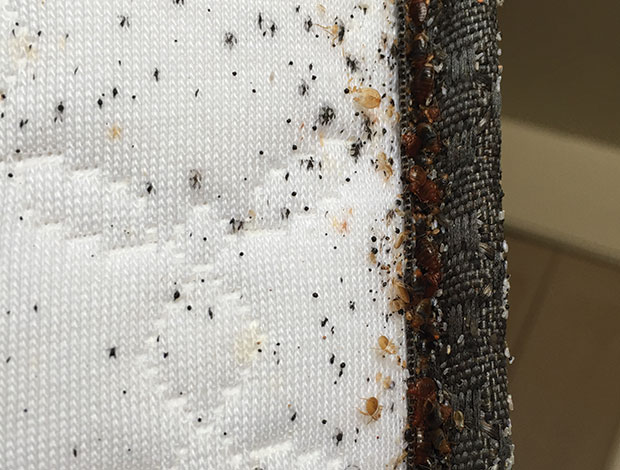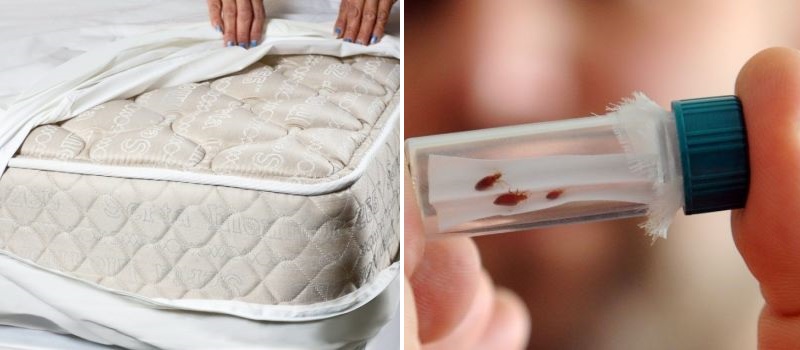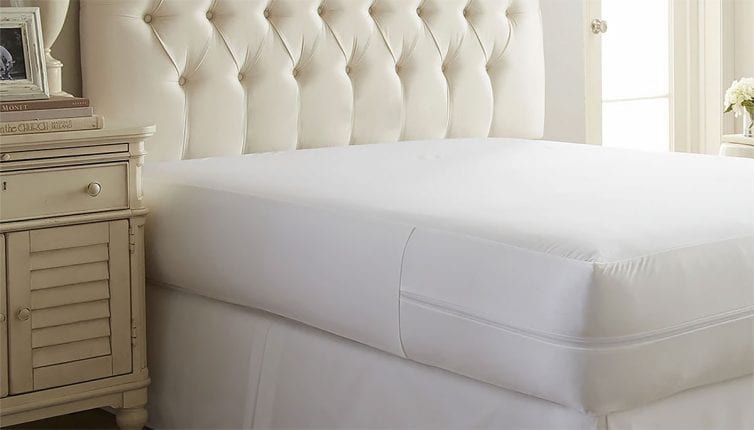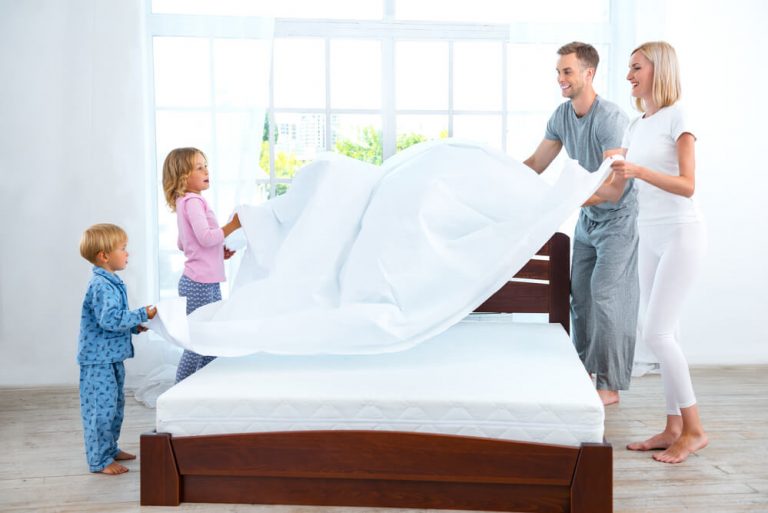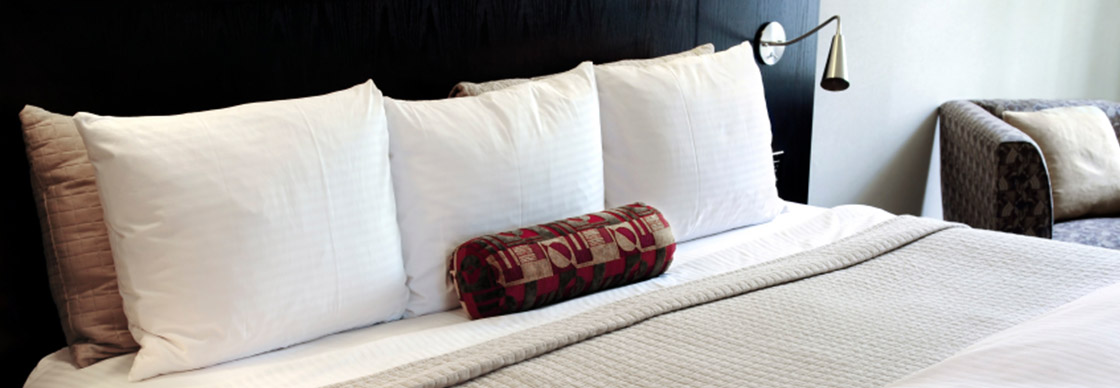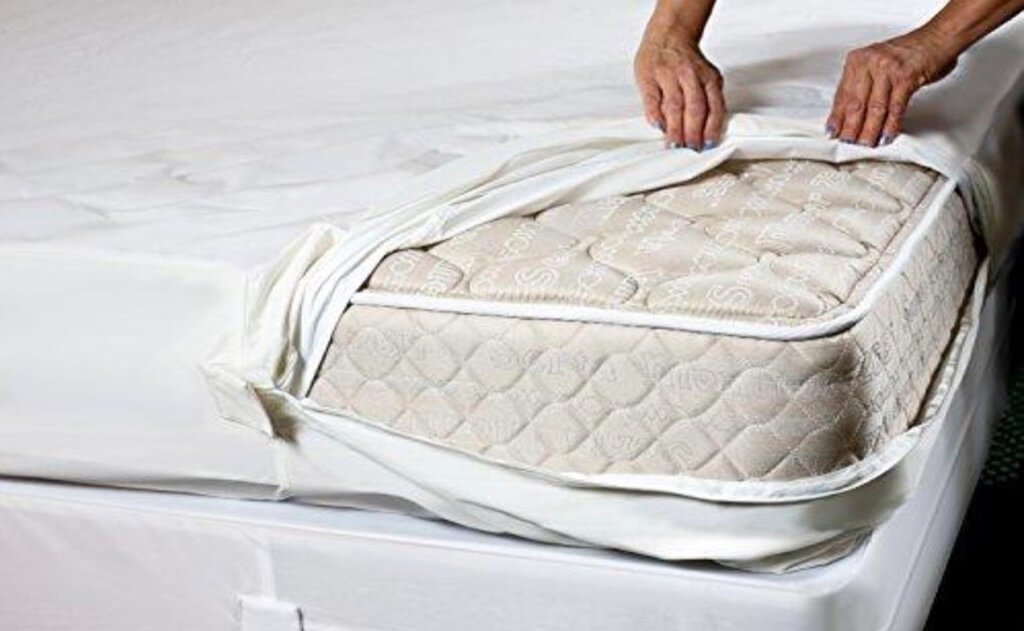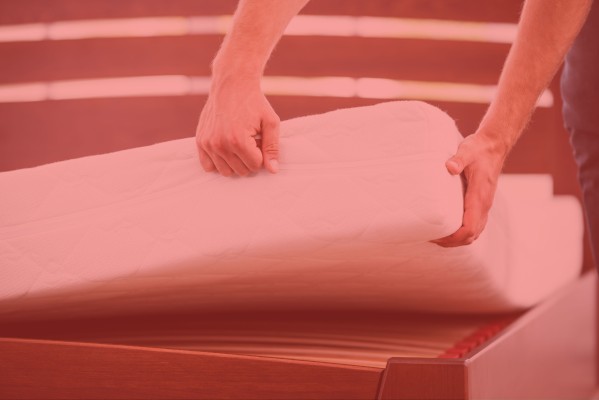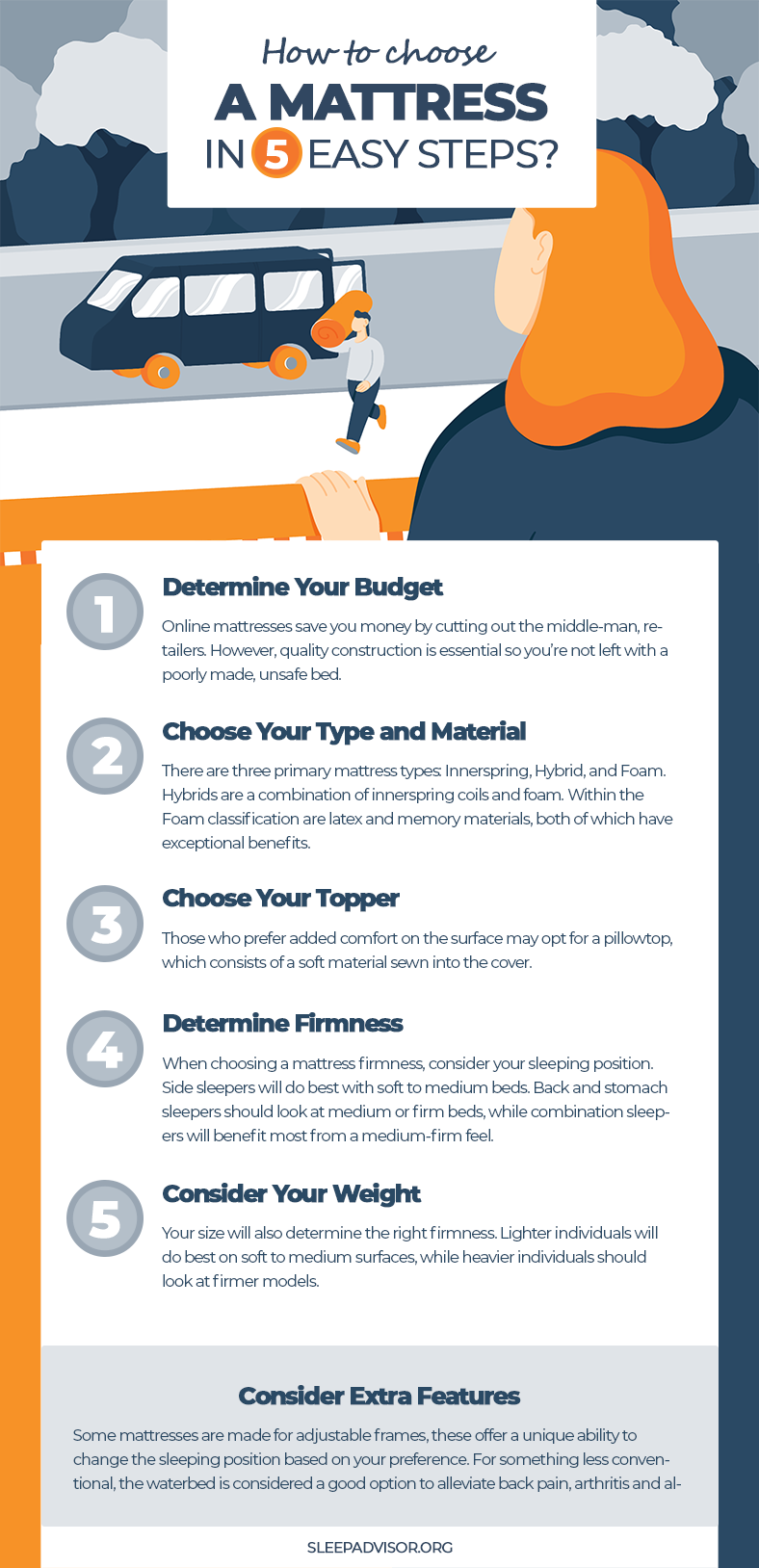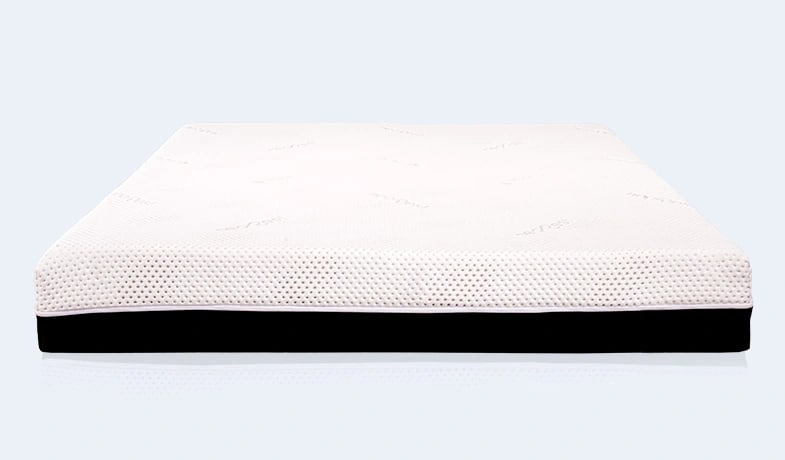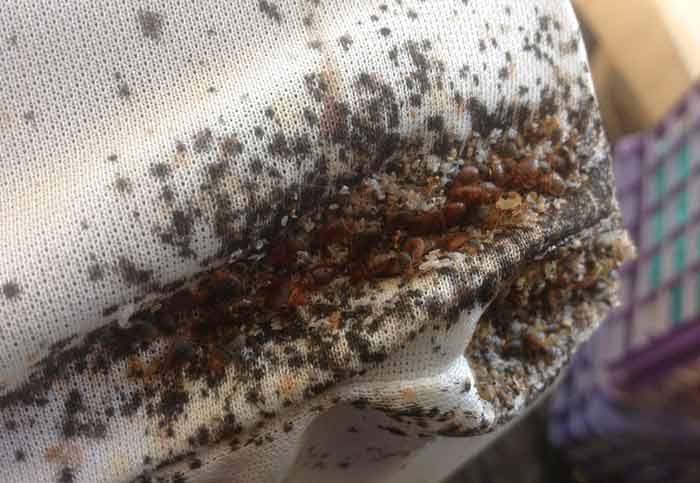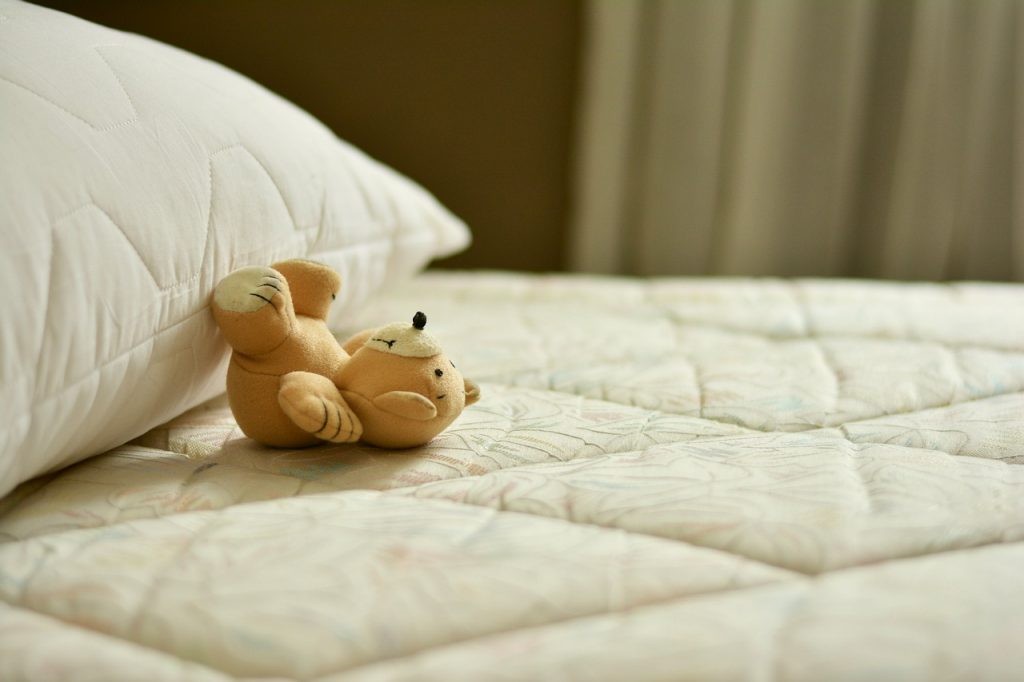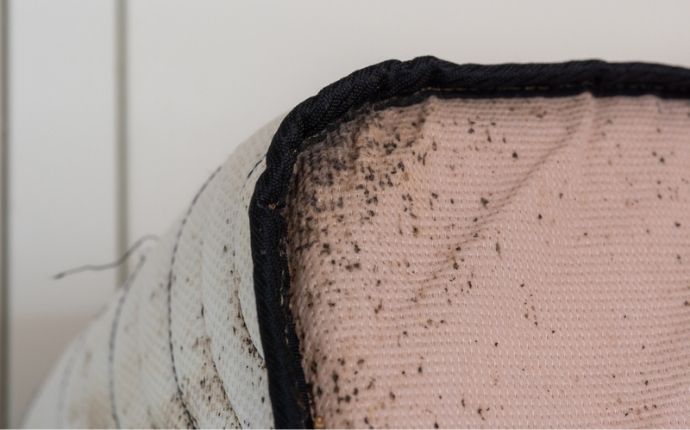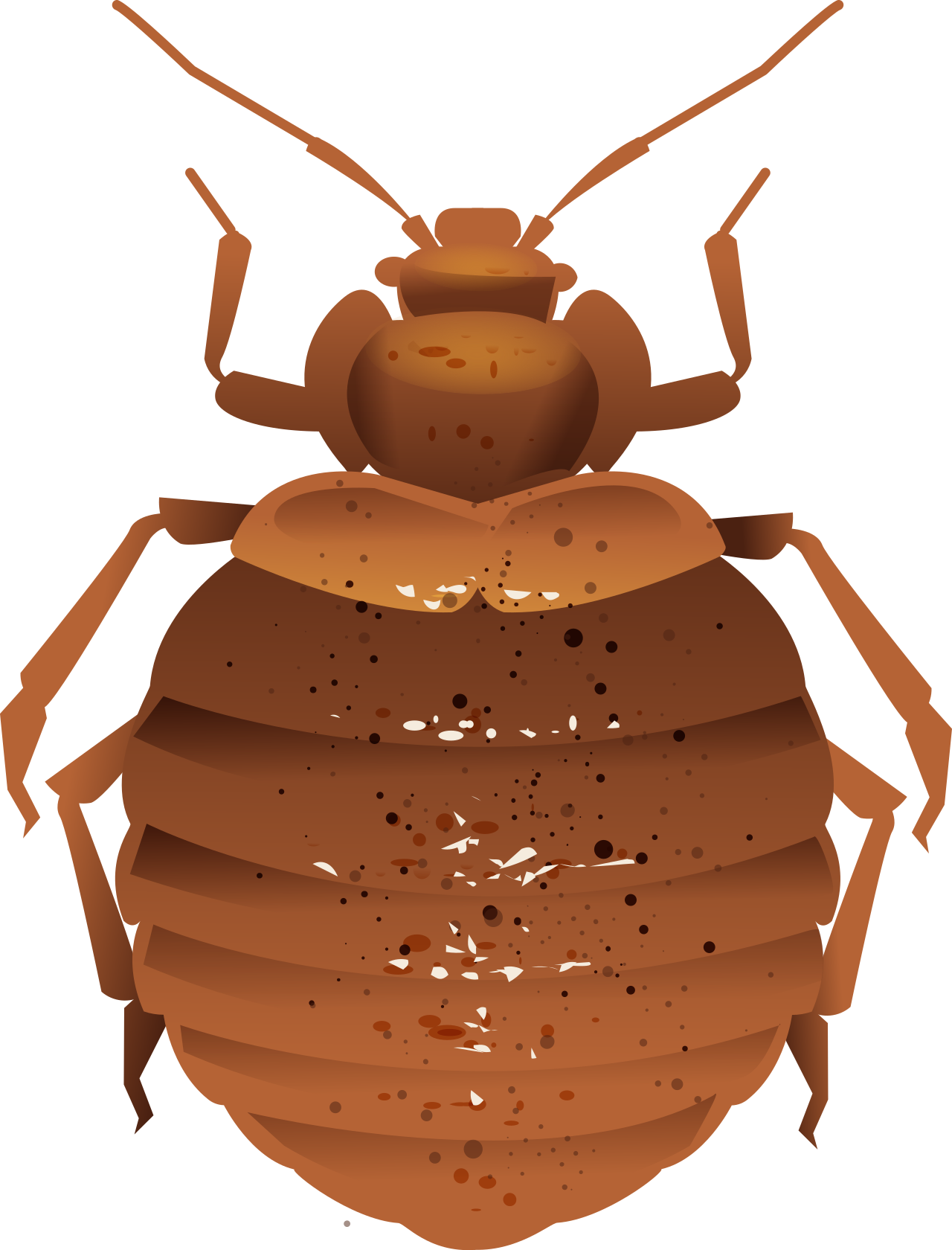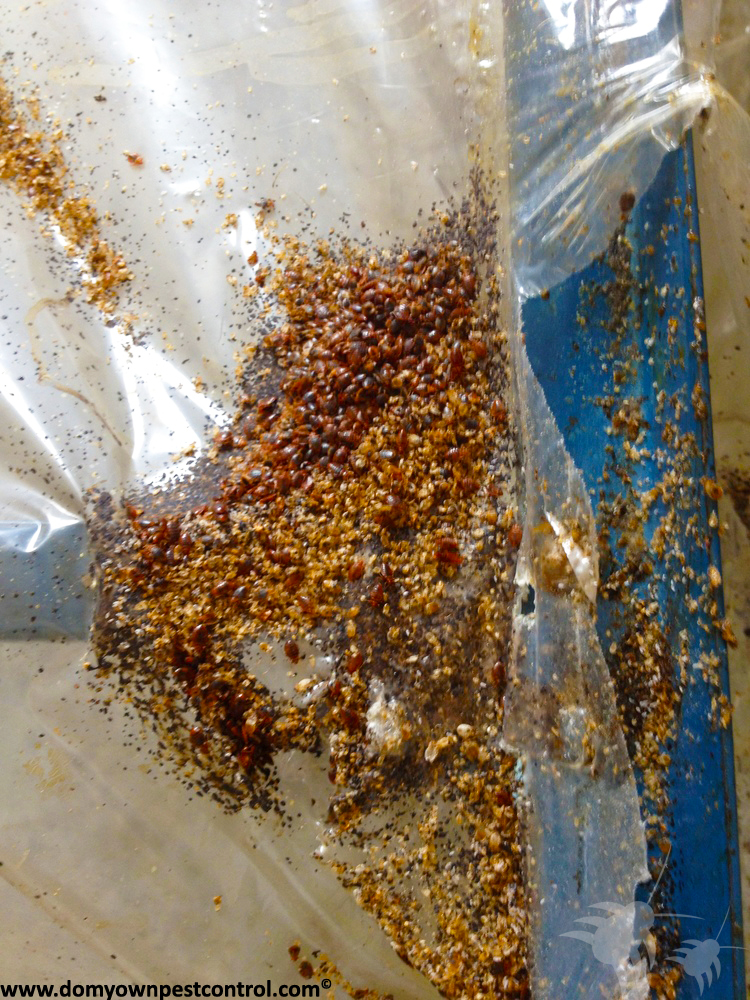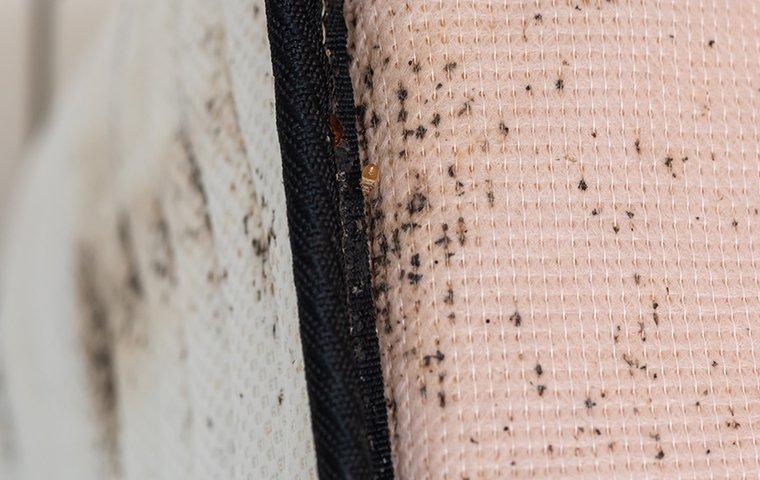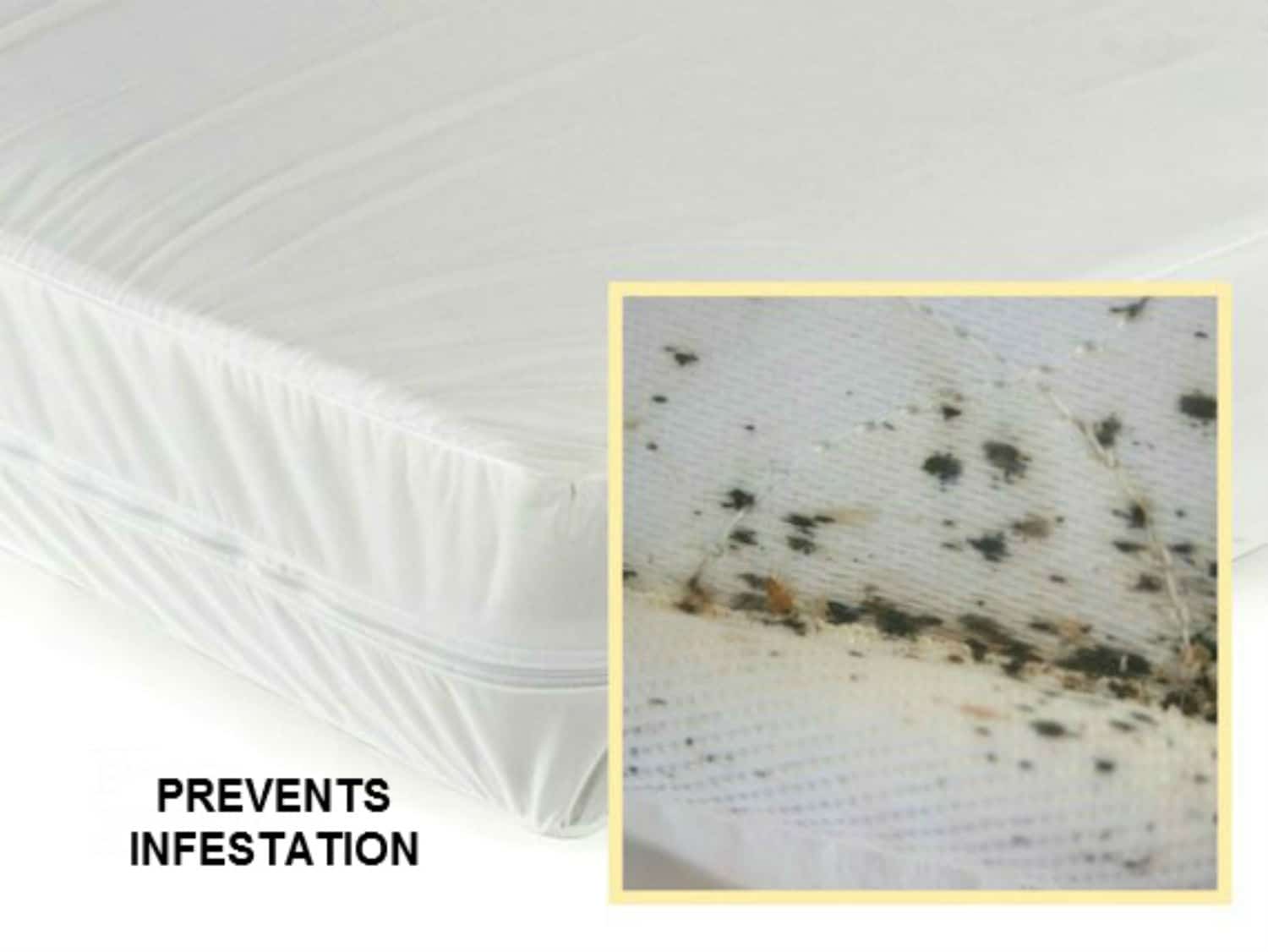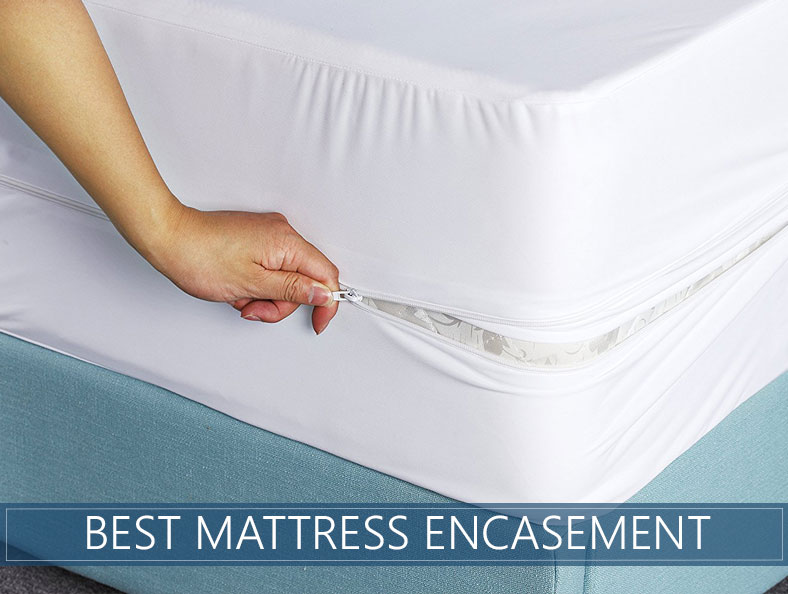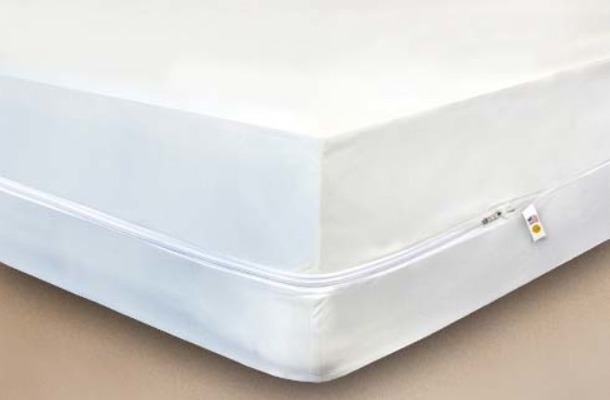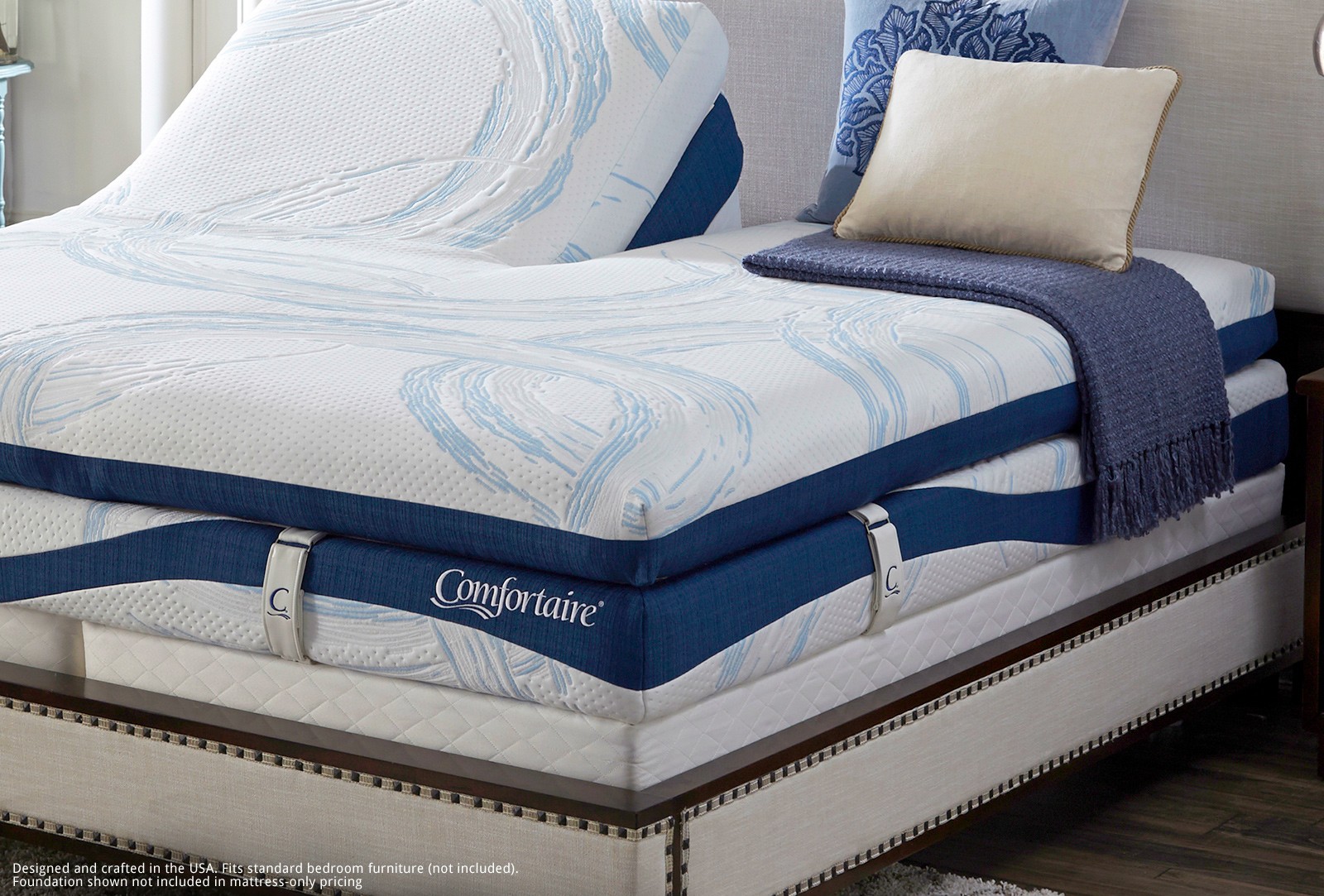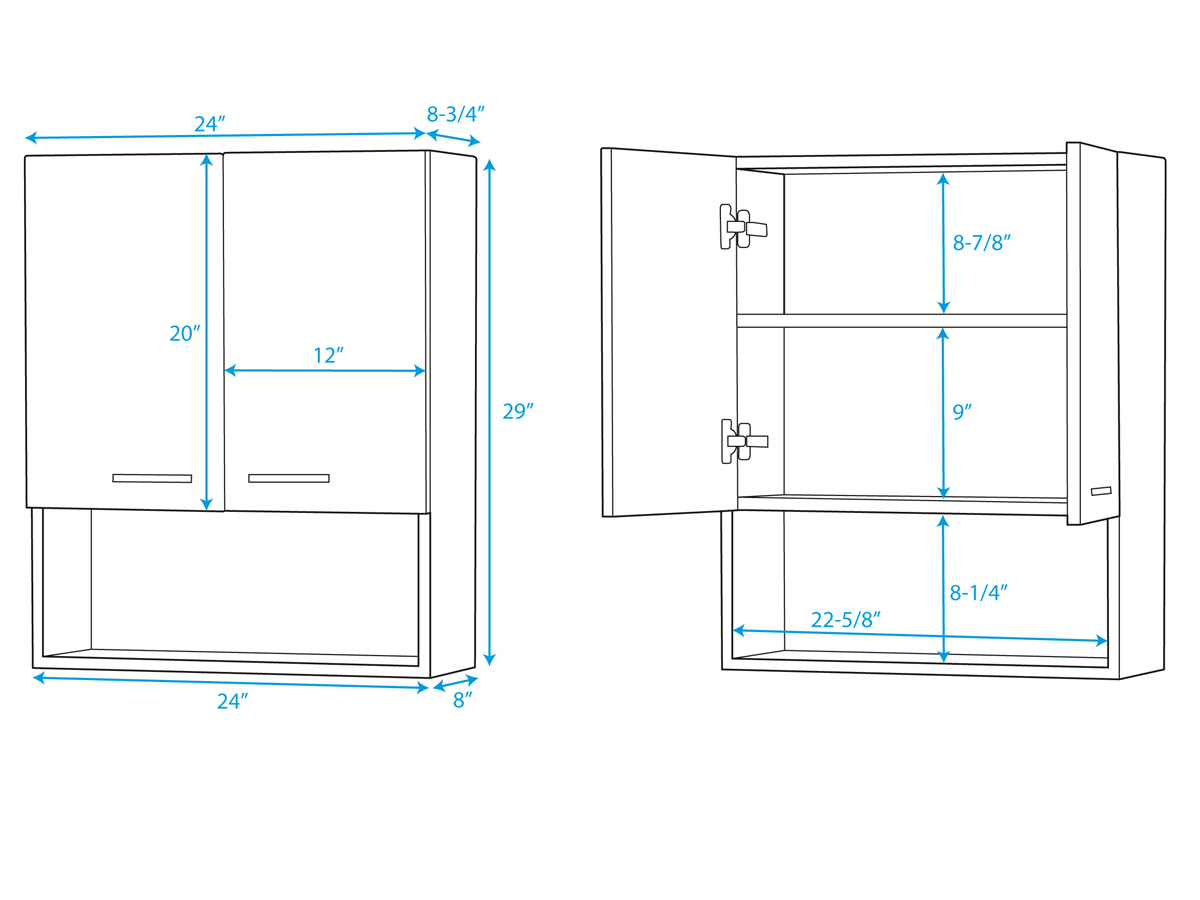Bed bugs are a common problem that can quickly turn into a nightmare if not properly addressed. These tiny pests can infest your mattress, causing itchy and uncomfortable bites, not to mention sleepless nights. Fortunately, there is a simple solution to protect your mattress from bed bugs – wrapping it up. But how exactly do you wrap a mattress to protect against bed bugs? Let's take a closer look at the steps you need to follow. Step 1: Choose the Right Materials The first step in wrapping your mattress for bed bug protection is to gather the necessary materials. You will need a specially designed mattress encasement or cover, which is made of a thick and durable material that bed bugs cannot penetrate. Look for encasements that are labeled as "bed bug proof" or "bite proof" for the best protection. You will also need a box spring encasement if your bed has one, as well as duct tape and a vacuum cleaner. Step 2: Remove Everything from Your Bed To properly wrap your mattress, you will need to remove all bedding, pillows, and any other items from your bed. This includes bed skirts, mattress toppers, and even the mattress itself if it is currently on a bed frame. Place all items in sealed plastic bags to prevent any bed bugs from escaping. Step 3: Vacuum Your Mattress Before wrapping your mattress, it is essential to vacuum it thoroughly. Use a vacuum cleaner with a HEPA filter to suck up any bed bugs, eggs, or debris. Pay special attention to the seams, crevices, and tufts of the mattress, as these are common hiding spots for bed bugs. Step 4: Wrap Your Mattress Now that your mattress is clean and free of any items, it is time to wrap it up. Start by placing the mattress encasement on one end of the mattress and slowly unroll it over the entire mattress. Make sure the encasement fits snugly and that there are no gaps or tears. Use duct tape to seal any openings or tears, and make sure to cover the zipper with tape as well. If you have a box spring, follow the same steps to wrap it with an encasement, making sure to seal all openings with duct tape. Step 5: Reassemble Your Bed Now that your mattress and box spring (if applicable) are wrapped and protected, you can reassemble your bed. Place the encased mattress and box spring back on the bed frame, and then add clean bedding and pillows. Tip: Consider using a mattress protector or encasement on top of your encased mattress for added protection and to extend the life of your encasement. By following these steps, you can effectively wrap your mattress to protect against bed bugs and prevent future infestations.1. How to Wrap a Mattress to Protect Against Bed Bugs
When it comes to protecting your mattress from bed bugs, not all encasements are created equal. To ensure the best protection against these pesky pests, it is essential to choose a high-quality encasement that is specifically designed for bed bug prevention. SafeRest Premium Zippered Mattress Encasement This encasement is made of a thick and breathable fabric that is waterproof, yet still allows for air circulation. It also features a secure zipper closure and is machine washable. Luna Premium Hypoallergenic Zippered Mattress Encasement This encasement is made of a soft and noiseless material that is both waterproof and bed bug proof. It also has a velcro zip guard to prevent bed bugs from entering or escaping. Sleep Defense System Zippered Mattress Encasement This encasement is made of a stretchable knit fabric that is both waterproof and bed bug proof. It also features a secure zipper closure and is machine washable. Utopia Bedding Zippered Mattress Encasement This encasement is made of a soft and breathable fabric that is both waterproof and bed bug proof. It also has a secure zipper closure and is machine washable. Original Bed Bug Blocker Zippered Mattress Encasement This encasement is made of a durable, stretchy fabric that is both waterproof and bed bug proof. It also features a secure zipper closure and is machine washable. Tip: When choosing a mattress encasement, make sure to measure your mattress beforehand to ensure the encasement will fit properly. By investing in a high-quality mattress encasement, you can effectively protect your mattress from bed bugs and sleep soundly knowing your bed is free of these pests.2. Best Mattress Encasements for Bed Bug Protection
Wrapping your mattress is an essential step in protecting it from bed bugs. Not only does it prevent current infestations from spreading, but it also acts as a barrier to prevent future infestations. Here is a step-by-step guide on how to properly wrap your mattress for bed bug protection. Step 1: Gather Materials Before you begin, make sure you have all the necessary materials, including a mattress encasement, box spring encasement (if applicable), duct tape, and a vacuum cleaner. Step 2: Remove All Bedding and Items from Your Bed Take off all bedding, including pillows, and remove any items from your bed, such as bed skirts or mattress toppers. Place these items in sealed plastic bags to prevent bed bugs from escaping. Step 3: Vacuum Your Mattress Using a vacuum cleaner with a HEPA filter, thoroughly vacuum your mattress, paying special attention to seams, crevices, and tufts where bed bugs may hide. Step 4: Place the Mattress Encasement Starting at one end of the mattress, place the encasement over the mattress and unroll it over the entire mattress. Make sure it fits snugly and that there are no gaps or tears. Step 5: Seal Any Openings or Tears If there are any openings or tears in the encasement, use duct tape to seal them shut. Make sure to cover the zipper with tape as well. Step 6: Wrap the Box Spring (if applicable) If your bed has a box spring, follow the same steps to wrap it with an encasement, making sure to seal any openings or tears with duct tape. Step 7: Reassemble Your Bed Once your mattress and box spring (if applicable) are wrapped and protected, you can reassemble your bed by placing them back on the bed frame and adding clean bedding and pillows. By following these steps, you can effectively wrap your mattress to protect it from bed bugs and prevent future infestations.3. Wrapping Your Mattress: A Step-by-Step Guide
Mattress covers, also known as encasements, are often recommended as a way to protect against bed bugs. But do they actually work? The short answer is yes, mattress covers can effectively protect against bed bugs if used correctly. However, it is essential to choose the right type of cover and to follow proper wrapping and sealing techniques. Choosing the Right Cover When it comes to protecting your mattress from bed bugs, not all covers are created equal. It is crucial to choose a cover that is specifically designed for bed bug protection and is made of a thick and durable material that bed bugs cannot penetrate. Look for covers that are labeled as "bed bug proof" or "bite proof" for the best protection. Proper Wrapping and Sealing Techniques To ensure that your mattress cover is effective, it is essential to follow proper wrapping and sealing techniques. This includes vacuuming the mattress before wrapping it, making sure the cover fits snugly with no gaps or tears, and sealing any openings with duct tape. Regular Inspections and Maintenance No matter how high-quality your mattress cover is, it is still essential to regularly inspect and maintain it. Check for any tears or openings and replace the cover if necessary. It is also important to regularly wash and dry the cover according to the manufacturer's instructions to ensure it remains effective. By choosing the right cover and following proper techniques, mattress covers can effectively protect against bed bugs and give you peace of mind while you sleep.4. Do Mattress Covers Really Protect Against Bed Bugs?
Wrapping your mattress for bed bug prevention offers numerous benefits, making it an essential step in protecting your bed and your home from these pesky pests. Prevents Infestations from Spreading If you already have bed bugs in your mattress, wrapping it up can prevent the infestation from spreading to other areas of your home. The encasement acts as a barrier, trapping any bed bugs inside and preventing them from moving to other parts of your bed or home. Prevents Future Infestations By wrapping your mattress, you are creating a physical barrier that prevents bed bugs from entering and infesting your bed. This is especially important if you live in an area where bed bugs are prevalent, or if you frequently travel and stay in different accommodations. Easy to Inspect and Maintain With a wrapped mattress, it is much easier to inspect for bed bugs and to maintain a clean and pest-free sleeping environment. Any bed bugs or eggs will be trapped inside the encasement, making it easier to spot and deal with the issue quickly. Extends the Life of Your Mattress By protecting your mattress from bed bugs, you are also extending its life. Bed bugs can cause damage to your mattress, and regular treatments can also take a toll. A wrapped mattress is less likely to be damaged and can last longer. By wrapping your mattress, you can enjoy these benefits and sleep soundly knowing your bed is protected from bed bugs.5. The Benefits of Wrapping Your Mattress for Bed Bug Prevention
To effectively protect your mattress from bed bugs, it is crucial to wrap and seal it correctly. Here are some tips for proper wrapping and sealing techniques. Vacuum Before Wrapping Before placing the encasement on your mattress, make sure to vacuum it thoroughly. This will help remove any bed bugs, eggs, or debris that may be present. Choose the Right Encasement Make sure to choose a high-quality encasement that is specifically designed for bed bug protection. Look for encasements that are labeled as "bed bug proof" or "bite proof" for the best protection. Ensure a Snug Fit The encasement should fit snugly over your mattress, with no gaps or tears. This will prevent bed bugs from entering or escaping. If the encasement is too loose, it may not be effective. Seal Any Openings or Tears If there are any openings or tears in the encasement, use duct tape to seal them shut. Make sure to cover the zipper with tape as well. Regularly Inspect and Maintain To ensure your encasement remains effective, regularly inspect it for any tears or openings, and replace it if needed. It is also important to regularly wash and dry the encasement according to the manufacturer's instructions. By following these tips, you can properly wrap and seal your mattress for effective bed bug control.6. How to Properly Wrap and Seal Your Mattress for Bed Bug Control
When it comes to protecting your mattress from bed bugs, having the right encasement is crucial. Here are ten top-rated bed bug mattress encasements that offer ultimate protection against these pesky pests. 1. SafeRest Premium Zippered Mattress Encasement 2. Luna Premium Hypoallergenic Zippered Mattress Encasement 3. SureGuard Mattress Encasement 4. Utopia Bedding Zippered Mattress Encasement 5. Original Bed Bug Blocker Zippered Mattress Encasement 6. Linenspa Zippered Mattress Encasement 7. Red Nomad Waterproof Zippered Mattress Encasement 8. PlushDeluxe Premium Zippered Mattress Encasement 9. Hospitology Products Zippered Mattress Encasement 10. Queen Size SureGuard Mattress Encasement7. Top 10 Bed Bug Mattress Encasements for Ultimate Protection
Why Wrapping Your Mattress Can Help Protect Against Bed Bugs

Introduction to Bed Bugs and Their Dangers
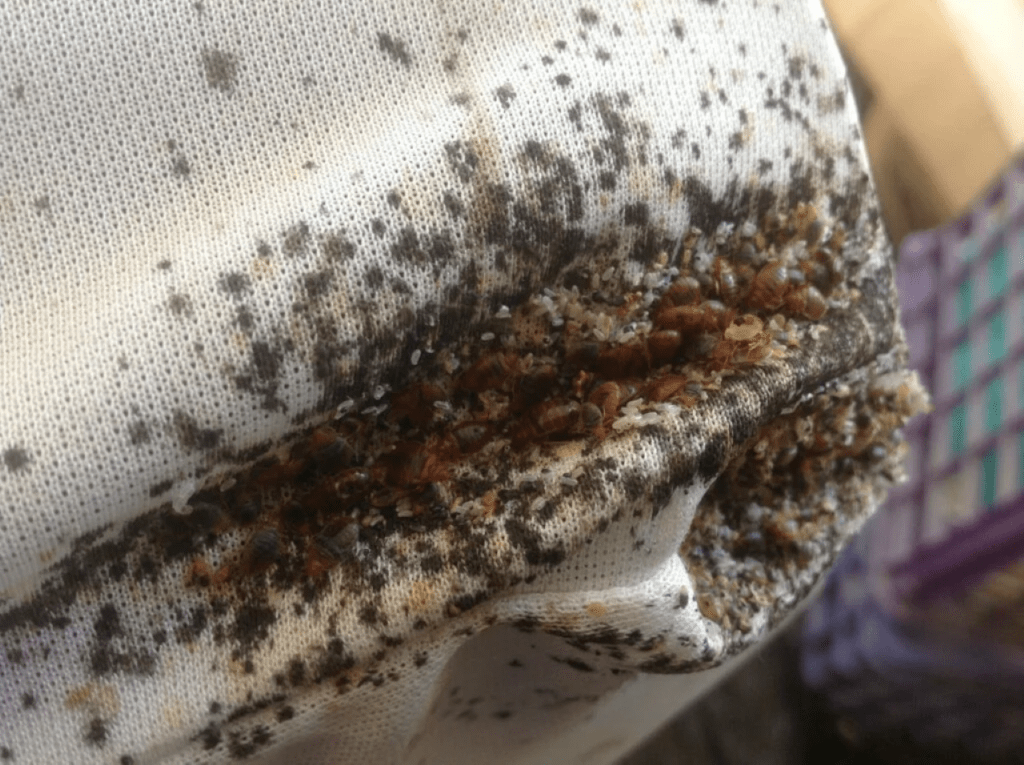 Bed bugs are small, brown insects that feed on human blood. They are typically found in mattresses, bedding, and furniture, making them a common household pest. These tiny creatures may seem harmless, but they can cause significant discomfort and pose health risks to individuals who are allergic to their bites. In addition, bed bugs are known to reproduce quickly, making it difficult to get rid of them once they infest your home.
Bed bugs are small, brown insects that feed on human blood. They are typically found in mattresses, bedding, and furniture, making them a common household pest. These tiny creatures may seem harmless, but they can cause significant discomfort and pose health risks to individuals who are allergic to their bites. In addition, bed bugs are known to reproduce quickly, making it difficult to get rid of them once they infest your home.
The Importance of Protecting Your Mattress Against Bed Bugs
 One of the most effective ways to prevent a bed bug infestation is by protecting your mattress. Since bed bugs are known to hide and lay their eggs in mattresses, wrapping your mattress can be a crucial step in keeping these pests at bay. Mattress encasements, also known as bed bug covers, provide a barrier that prevents bed bugs from getting in or out of your mattress. They are made of tightly woven fabric that is impenetrable by bed bugs, ensuring that your mattress remains free of these pesky insects.
One of the most effective ways to prevent a bed bug infestation is by protecting your mattress. Since bed bugs are known to hide and lay their eggs in mattresses, wrapping your mattress can be a crucial step in keeping these pests at bay. Mattress encasements, also known as bed bug covers, provide a barrier that prevents bed bugs from getting in or out of your mattress. They are made of tightly woven fabric that is impenetrable by bed bugs, ensuring that your mattress remains free of these pesky insects.
How Wrapping Your Mattress Can Help
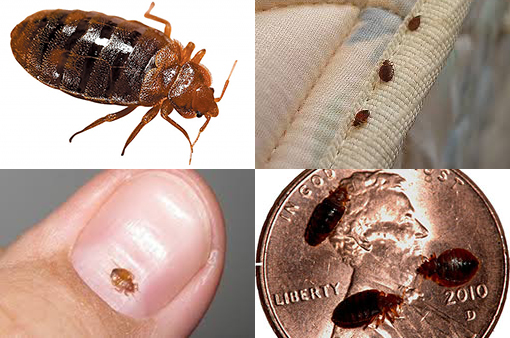 Aside from providing a physical barrier, wrapping your mattress can also help in detecting and eliminating bed bugs. Since bed bugs are unable to escape the encasement, any bugs that are already present in your mattress will eventually die due to lack of food and air. This makes it easier to spot and get rid of any remaining bed bugs, reducing the chances of a re-infestation.
Moreover, mattress encasements can also prevent bed bugs from spreading to other areas of your home. As bed bugs are unable to travel on smooth surfaces, such as the encasement, they are less likely to hitch a ride on your clothes or belongings and infest other areas of your house.
Aside from providing a physical barrier, wrapping your mattress can also help in detecting and eliminating bed bugs. Since bed bugs are unable to escape the encasement, any bugs that are already present in your mattress will eventually die due to lack of food and air. This makes it easier to spot and get rid of any remaining bed bugs, reducing the chances of a re-infestation.
Moreover, mattress encasements can also prevent bed bugs from spreading to other areas of your home. As bed bugs are unable to travel on smooth surfaces, such as the encasement, they are less likely to hitch a ride on your clothes or belongings and infest other areas of your house.
Other Benefits of Wrapping Your Mattress
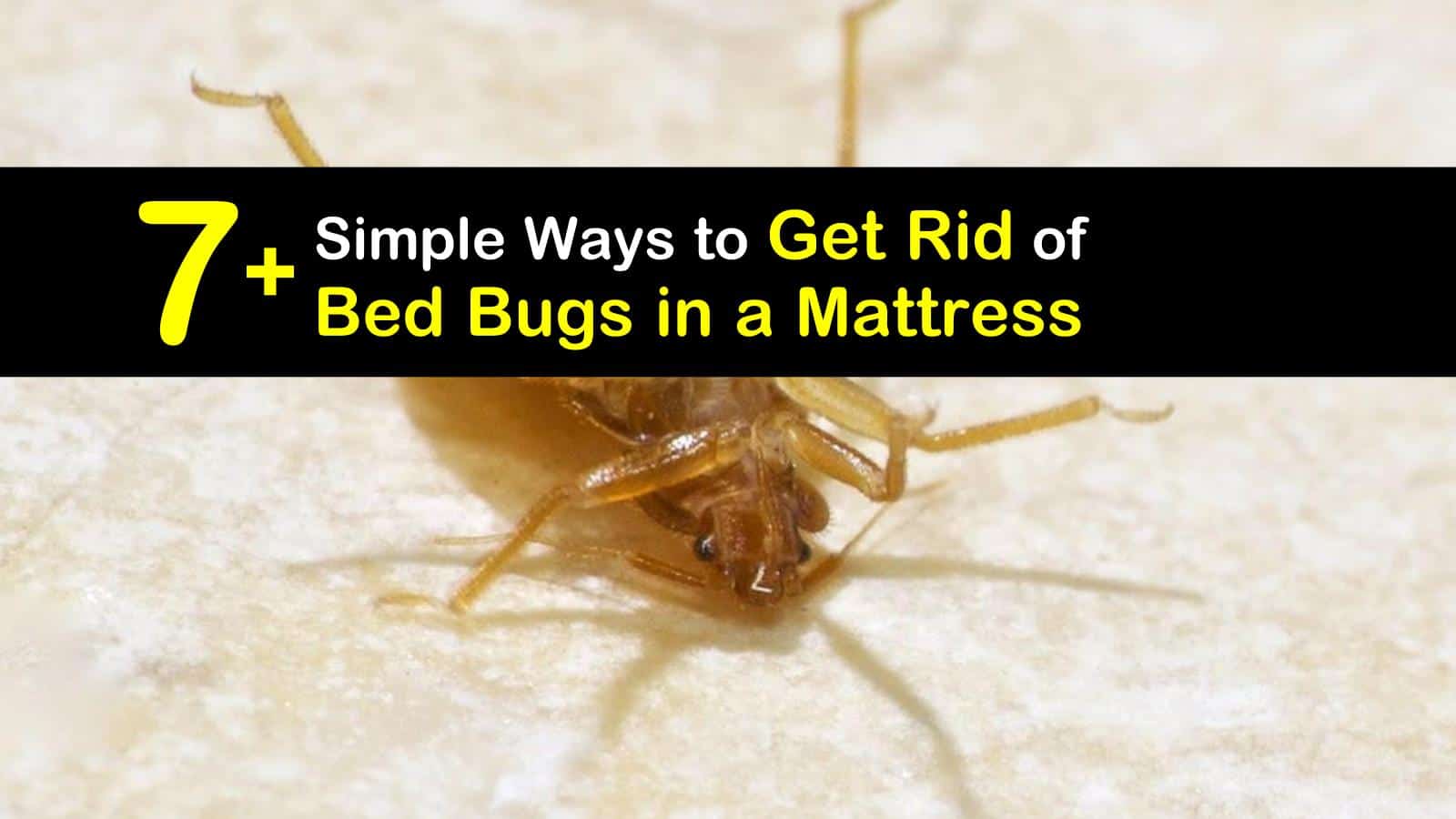 Aside from protecting against bed bugs, wrapping your mattress can also provide other benefits. These encasements can help prolong the life of your mattress by acting as a barrier against spills, stains, and wear and tear. They are also hypoallergenic and can prevent dust mites, allergens, and other irritants from entering your mattress, making it a healthier sleeping environment for you and your family.
Aside from protecting against bed bugs, wrapping your mattress can also provide other benefits. These encasements can help prolong the life of your mattress by acting as a barrier against spills, stains, and wear and tear. They are also hypoallergenic and can prevent dust mites, allergens, and other irritants from entering your mattress, making it a healthier sleeping environment for you and your family.
Conclusion
 In conclusion, wrapping your mattress can be an effective and proactive measure to protect your home against bed bugs. Not only does it provide a physical barrier against these pests, but it also helps in detecting and eliminating any existing infestations. Additionally, it offers other benefits such as prolonging the life of your mattress and creating a healthier sleeping environment. So, if you want to keep your home free from bed bugs and ensure a good night's sleep, consider investing in a mattress encasement today.
In conclusion, wrapping your mattress can be an effective and proactive measure to protect your home against bed bugs. Not only does it provide a physical barrier against these pests, but it also helps in detecting and eliminating any existing infestations. Additionally, it offers other benefits such as prolonging the life of your mattress and creating a healthier sleeping environment. So, if you want to keep your home free from bed bugs and ensure a good night's sleep, consider investing in a mattress encasement today.


